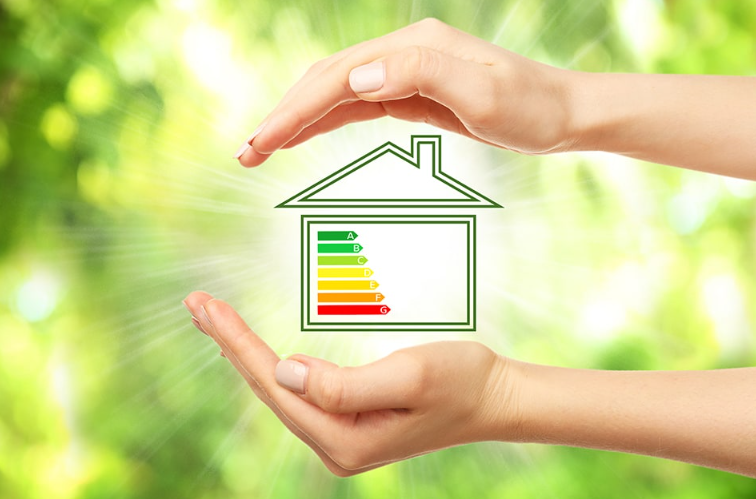Managing multi-family properties calls for a sophisticated mix of responsibilities, from maintaining several tenants and schedules of maintenance to guaranteeing correct rent collecting and financial reporting. Landlords and property managers looking over multi-unit buildings in 2025 are depending more and more on digital solutions to provide visibility, efficiency, and order to their operations.
Selecting the appropriate multi family property management software is about creating a system that scales with your portfolio, maintains tenant satisfaction, and streamlines financial tracking—not only about ease. This essay emphasizes the key characteristics that make a difference—especially when managing numerous units under one roof—and walks through how to run multi-family rentals using modern technologies effectively.
The Unique Challenges of Managing Multi-Family Rentals
Multi-family buildings have layered complexity, unlike that of single-family rentals. You can have dozens or even hundreds of tenants, each with different lease terms, payment dates, and service demands; you are not merely gathering rent from one tenant.
Here are some of the most often occurring difficulties:
- Organizing upkeep among shared spaces and utilities.
- Managing multiple leases, often with staggered end dates.
- Tracking unit-level financials while maintaining an overview of the entire building.
- Handling tenant communication efficiently across several units.
To succeed, landlords need software that can centralize operations without sacrificing detail.
Why the Right Software Matters
In 2025, spreadsheets and manual tracking no longer cut it—especially for multi-family properties. The right multi-family property management software enables landlords to:
- Automate rent collection and reminders
- Track maintenance requests and vendor activity
- Manage lease documents and renewals.
- Streamline communication with tenants.
- Monitor income, expenses, and cash flow.
Software handling monotonous activities lets landlords concentrate on strategic decision-making, tenant retention, and portfolio development.
Important Characteristics of Multi-Family Property Management Software
Before digging into any particular technologies, one needs to know what makes software appropriate for managing multi-family properties. Search for these key elements whether managing a duplex or a sizable apartment building:
- Unit-Based Lease Management
The software should allow you to view, manage, and track data by individual unit, not just by property. This helps keep lease dates, rent amounts, and tenant details organized at the micro-level.
- Automated Rent Collection
Automation is essential. Tenants should be able to pay online, set up recurring payments, and receive reminders—while landlords receive instant payment notifications and dashboard updates.
- Maintenance Coordination
Maintenance issues can quickly become major pain points in multi-family buildings. Software should offer a ticketing system where tenants can submit requests, attach photos, and track resolution status. Landlords should also be able to assign vendors and monitor progress.
- Tenant Communication Tools
Centralized communication allows landlords to send messages, notices, or updates to individual tenants, specific units, or entire buildings. This keeps all correspondence organized and easily accessible.
- Financial Reporting and Tracking
Each property and unit should have income and expense records, ideally with visual dashboards. Features like categorization, downloadable reports, and integration with bank accounts are extremely helpful during tax season or when planning maintenance budgets.
- Security and Access Control
Landlords should be able to set different permission levels for team members, bookkeepers, or maintenance staff, ensuring sensitive data is protected while keeping operations fluid.
Streamlining Multi-Family Property Finances with Baselane
One often overlooked aspect of managing multi-family rentals is financial compartmentalization. With so many transactions flowing in and out, separating business from personal finances—and even separating finances by property—becomes critical. That’s where a platform like Baselane can offer unique advantages.
Baselane offers banking and financial management features designed for real estate investors and landlords. What makes it particularly well-suited for multi-family rentals is its ability to handle rent collection and financial tracking in a property-specific manner.
Here’s how landlords managing multiple units benefit:
Virtual Accounts: You can create dedicated accounts for each property, making it easier to track which funds belong where.
Automated Rent Collection: Tenants pay online, and the system automatically matches incoming payments to the correct units.
Expense Categorization: Whether it’s insurance payments, utility bills, or plumbing repairs, expenses may be tagged and filtered to reveal comprehensive profit and loss for every property or unit.
Cash Flow Visibility: Real-time dashboards let landlords quickly see the financial situation of their buildings, therefore removing guesswork and hand-made spreadsheets.
Especially as portfolios expand outside one or two buildings, landlords may maintain clean, well-documented, scalable financial operations by employing solutions like Baselane to monitor the finance side of property management.
Steps to Transition to Digital Management
If you’re still relying on manual processes or outdated systems, transitioning to software-based management may seem overwhelming. But the move can be made in just a few steps:
Step 1: Audit Your Current Process
List all the tools and methods you currently use—manual ledgers, spreadsheets, paper leases—and identify where you’re spending the most time or losing efficiency.
Step 2: Define Your Software Needs
Make a checklist of must-have features based on your property size and pain points. For multi-family properties, focus on automation, scalability, and tenant communication.
Step 3: Choose a Platform That Matches Your Scale
Select a multi family property management software that can grow with your portfolio. Even if you only manage one building now, make sure the software supports multiple properties and unit-based management.
Step 4: Onboard Gradually
Start with one property or a few units to familiarize yourself with the interface. Import lease data, invite tenants to the portal, and begin collecting rent digitally.
Step 5: Monitor and Optimize
Review reporting tools regularly to understand how your buildings are performing. Make use of maintenance logs, communication history, and rent tracking to identify trends or recurring issues.
Conclusion
Managing multi-family properties in 2025 presents difficulties but also lots of chances to simplify processes, lower stress, and raise tenant satisfaction. The secret is to choose appropriate instruments.
Not only does the best multi-family property management system automate rent collecting. It offers a whole ecosystem to handle leases, schedule maintenance, control correspondence, and track every dollar passing across your assets.
Your operational efficiency will be even more improved with tools like Baselane, which provide financial information and structure to the usually chaotic aspect of property administration. Although it isn’t a complete property management system, its targeted approach to rent collecting and financial clarity makes it the perfect partner for multi-family owners.
Digital systems are not just good to have; as portfolios expand and tenant demands rise, they become necessary. With the correct tools, landlords can devote more time to creating strong, environmentally friendly rental enterprises and less time on logistics.


